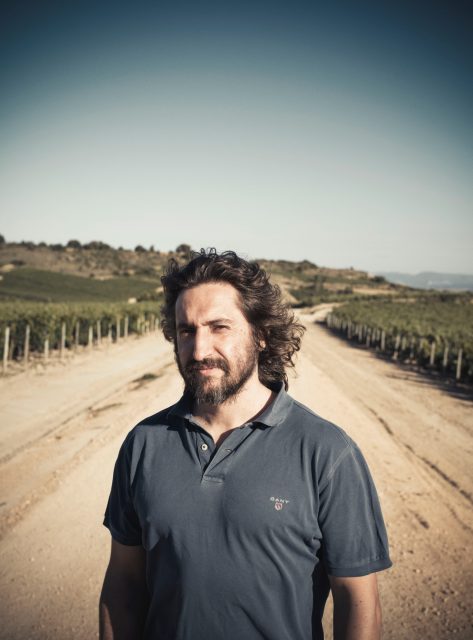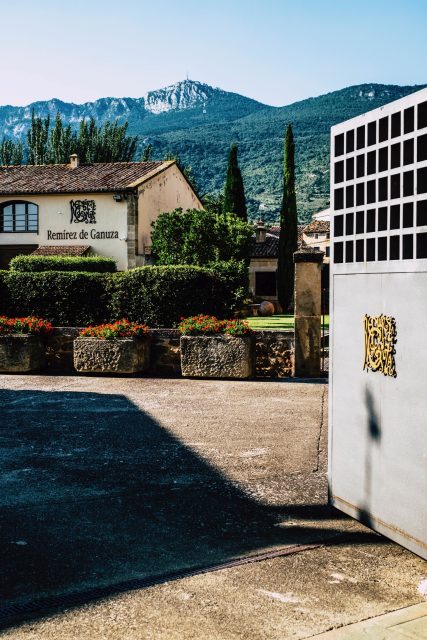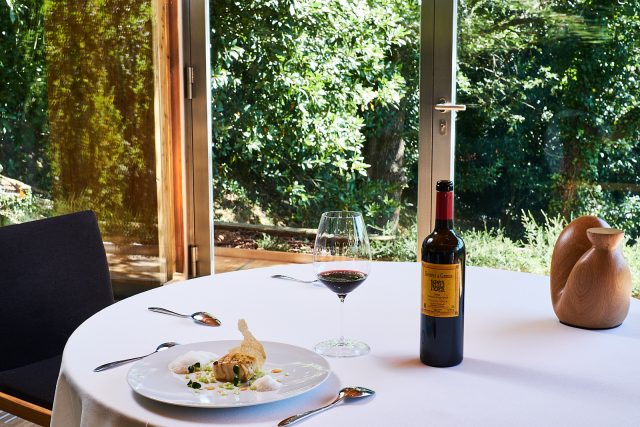This website uses cookies so that we can provide you with the best user experience possible. Cookie information is stored in your browser and performs functions such as recognising you when you return to our website and helping our team to understand which sections of the website you find most interesting and useful.
Rioja winery Remírez de Ganuza sees wine sales rocket in 2022
Times are changing in the Spanish region of Rioja, says Jose Urtasun, owner of Remírez de Ganuza, who is confident in a “bright future” for his winery, which recorded its best sales results to date in 2022.

“It’s not one factor that instigates this growth but lots of small improvements year after year that make the difference,” says the winery owner. But if he had to choose one factor responsible for this growth, it would have to be the “reliability of the wines”. Urtasun says: “Of course every vintage is different due to climate conditions, but if you are able to release high quality wines no matter the vintage, you have the most important part of the job done.”
With the exception of 2020, when the Rioja winery saw sales fall by around 16% due to the pandemic, Remírez de Ganuza sales have been growing at a substantial pace for several years now.
Last year sales of the Spanish bodega’s Rioja wines grew 32% comparing to 2021, marking the winery’s best year to date. And Urtasun is keen to keep the momentum going. “I’m pretty confident that if we keep doing things in the proper way we will grow again this year,” he says.
The domestic market is to thank for the majority of sales, but exports are quickly ramping up, growing over 71% last year compared to a 9.2% growth in the Spanish market. Domestic sales remain key, but by a very small margin which is continuously shrinking.

For a boutique winery like Remírez de Ganuza, this growth poses just one problem — running out of bottles. “What is starting to happen is that some of our wines are sold out most of the year,” Urtasun says. “When demand exceeds production every year, you need to do something about it. We could raise prices, but that is something we have refused to do in this last few years because I would like the wines to remain affordable in restaurants.”
As a solution, the winery works with allocations, meaning every importer knows how much wine they will get from each vintage. Urtasun is focused on expanding recognition of the winery, something he currently believes is “uneven” across different markets. “There are countries where our wines are very well known and appreciated and some where we remain unknown and we don’t even have distribution, so there is still a lot to do,” he says.
The most important channel for Remírez de Ganuza wines has always been the on-trade. Urtasun gives praise to sommeliers and restaurateurs doing the work to bring his wines to consumers.

“Great sommeliers tell the story of a wine like no one else,” he says, and “high end restaurants and top sommeliers have been key for a boutique winery like Remírez de Ganuza since the very beginning.
“The world of wine is huge, and small wineries that produce in a special way need to tell their story and explain to consumers what they do and why is it different from common wine production in the area — what makes your wines worth trying.”
Standing out in the crowd is particularly important in Rioja — a “complicated and diverse” region. Looking ahead, Urtasun sees big changes in the region. “I believe Rioja will be polarising even more in the years to come,” he says.
“It’s too large to be considered as a homogeneous region,” he explains. “There are different soils, different climates, altitudes, sun exposures, and as important as that, many different kind of producers.”
Big volume producers rule the roost in the Rioja DOCa, according to Urtasun, and their interests are often “opposite to the interests of small viticulturists and boutique wineries”.

Urtasun criticises the marketing campaigns from large producers which have attempted to “equalise all Rioja wines”, sidelining a quality message from the region in place of one transfixed on price.
“These strategies have been very successful, and Rioja is now the most recognised wine name from Spain,” he says. However, the majority of consumers are unaware of how quality can range within the ageing classifications. Essentially, “why they should pay above £60 for a Rioja Reserva when they have most Rioja Reservas below £20”.
Evenso, the winery owner is “deeply optimistic” about the future of the region. He says: “All the talent I see, together with the amazing growing conditions that some areas of Rioja has and the historical heritage of the region, can only lead to a bright future, despite the wrong policies of the big volume players.”
Related news
UK Christmas lights could buy 14 million mulled wines

